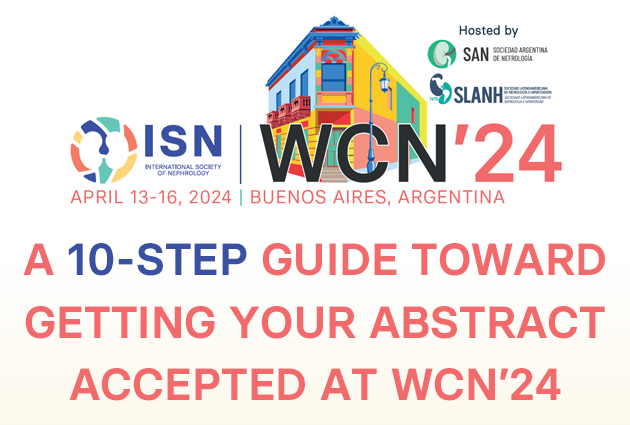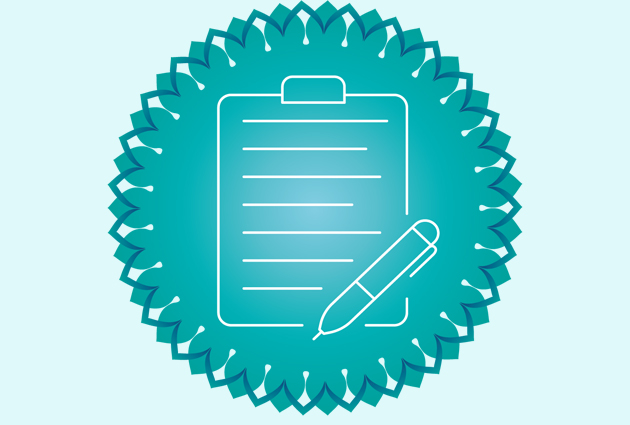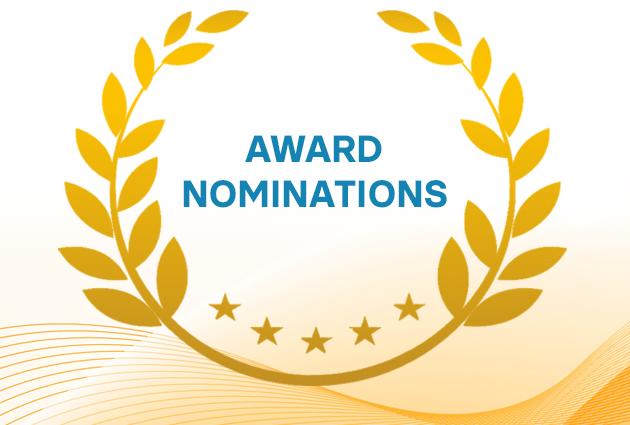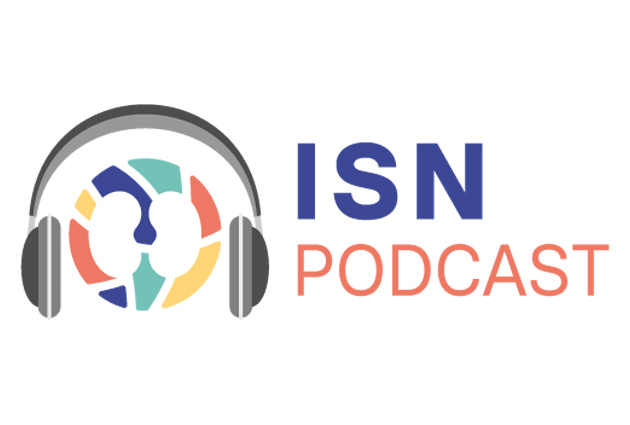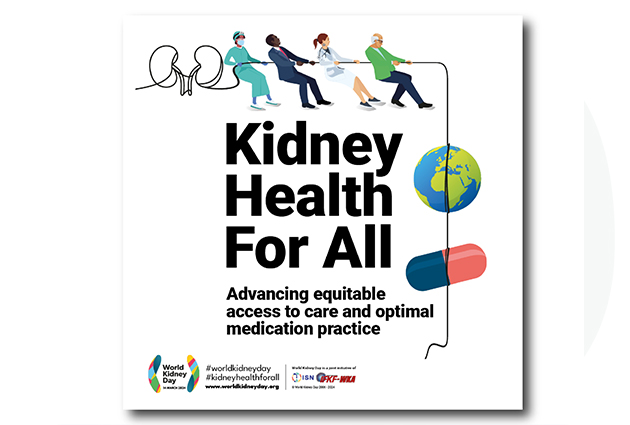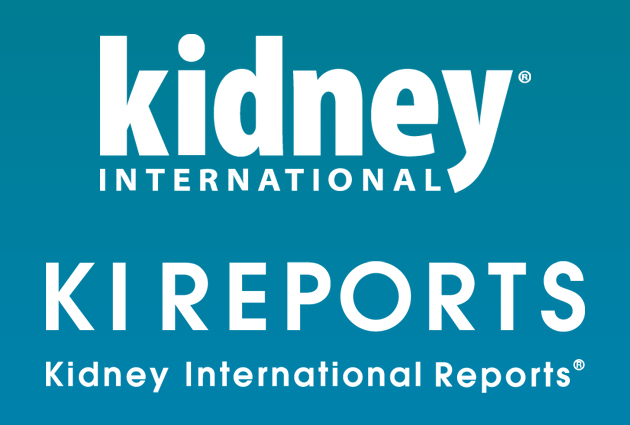How to Write a Winning Abstract in Ten Easy Stages
Watch the webinar “Winning Steps for a Successful WCN’24 Abstract Submission and Beyond.”
It’s abstract submission season! How can you write a good abstract that will get accepted to WCN’24? WCN’24 abstract reviewers Sabine Karam, Magdalena Madero, Roberto Pecoits-Filho and Rob Walker have got you covered! Follow their foolproof advice on writing a winning abstract below.
10-step guide toward getting your abstract accepted at WCN’24 (Download your guide here)
1. Bear the congress topics in mind
Look carefully at the congress topics!
The ISN has recently updated its congress topics – get to know them here.
2. Think about who will be reading your abstract
You’ve identified a problem worth investigating – now you must convey how important and exciting this issue is to your reviewers. How can you grab their attention?
WCN abstract reviewers are specialists – don’t over-explain your subject!
Be aware of reviewer fatigue! Reviewers may be examining dozens of abstracts – make your introduction short and clear to improve your chances of retaining the reviewer’s attention.
3. Write a punchy introduction
The title must be short and eye-catching, followed by a clear introduction to your hypothesis. Keep your hypothesis precise and to the point; write a short sentence on:
- what’s known
- what’s unknown
- what you need to make known
4. Involve other people
Don’t be afraid to share your abstract with peers and senior colleagues. Do you have an ISN Mentor? Ask them for help in structuring your abstract effectively. Ask nurses and other healthcare professionals for feedback. Do they find useful what you’ve investigated?
All authors listed in the abstract must have been involved, in some way, in the research work up for publication – get feedback from them on what you’ve written. Maximize the different strengths of your team!
5. Keep your sentences short!
Many world languages use long sentences for ideas that can be conveyed in a few words in English. If English is not your first language, consider asking a native speaker to review your work or utilize an AI proofreader if a native speaker isn’t available.
6. Plan for feedback
It takes time to get feedback. Your colleagues are as busy as you are; factor the needed time into your abstract writing schedule. Give your colleagues a week’s notice and send them a reminder after a few days.
7. Present your methods – how did you get your results?
The methods section is critical for establishing how you obtained your results.
- Make a succinct summary of the methods you used
- Include the basics of your statistical analysis
- Include a power calculation, especially in clinical or animal studies
- Acknowledge ethics
Present the key points. You don’t have to include everything – after all, you may get the chance to write a full paper further down the line!
If you’re struggling to write your methods section, look at published papers using a similar design method to get inspired.
If your methods are complex and you’re worried about the word count, you can link to an external website or paper to expand. This allows the reviewer to access more complete information if they want it. In addition, you can link to source material. For example, if you mention “ISPD guidelines,” provide a link.
8. Present your results – what did you find out?
Do not simply write “To be discussed”; present the results and their importance.
Ask yourself:
- What do I want people to learn?
- What is the demographic?
- Did it fulfill the power calculation?
- What were the outcomes?
If you can summarize your results in a graph or table – do so! A visual representation helps emphasize the outcomes and gains you more space – and it doesn’t count toward the word total! Since the graphics substitute text, don’t repeat this information in a paragraph.
9. Present a concise summary of outcomes – writing your conclusion
The conclusion is generally a shorter section. Think about how well the method and results sections link to your findings. Re-read what you set out to do in the introduction and make sure the conclusion aligns with your study objectives. For example, “Our aim was…, we discovered…”.
The first two sentences should present an interpretation and highlight the importance of the results. This is especially true if the results are of regional significance.
The last sentence should convey the impact of the research and suggest its application in a real-world setting (without overstating your case!).
10. Polish your abstract!
- Leave enough time to review the grammar and style of your abstract
- Use a grammar or spellchecker!
- Use the American Medical Association Manual of Style as a resource for scientific writing
And finally…
Read your abstract through several times and ask yourself:
- Is it clear enough?
- Did I enjoy reading this?
If so, then you’re ready to submit your abstract to the WCN’24!
We look forward to receiving it!

